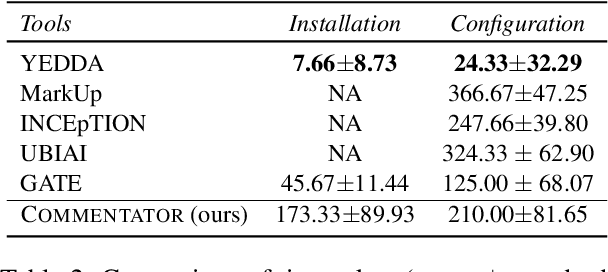Rajvee Sheth
COMI-LINGUA: Expert Annotated Large-Scale Dataset for Multitask NLP in Hindi-English Code-Mixing
Mar 27, 2025Abstract:The rapid growth of digital communication has driven the widespread use of code-mixing, particularly Hindi-English, in multilingual communities. Existing datasets often focus on romanized text, have limited scope, or rely on synthetic data, which fails to capture realworld language nuances. Human annotations are crucial for assessing the naturalness and acceptability of code-mixed text. To address these challenges, We introduce COMI-LINGUA, the largest manually annotated dataset for code-mixed text, comprising 100,970 instances evaluated by three expert annotators in both Devanagari and Roman scripts. The dataset supports five fundamental NLP tasks: Language Identification, Matrix Language Identification, Part-of-Speech Tagging, Named Entity Recognition, and Translation. We evaluate LLMs on these tasks using COMILINGUA, revealing limitations in current multilingual modeling strategies and emphasizing the need for improved code-mixed text processing capabilities. COMI-LINGUA is publically availabe at: https://huggingface.co/datasets/LingoIITGN/COMI-LINGUA.
COMMENTATOR: A Code-mixed Multilingual Text Annotation Framework
Aug 06, 2024



Abstract:As the NLP community increasingly addresses challenges associated with multilingualism, robust annotation tools are essential to handle multilingual datasets efficiently. In this paper, we introduce a code-mixed multilingual text annotation framework, COMMENTATOR, specifically designed for annotating code-mixed text. The tool demonstrates its effectiveness in token-level and sentence-level language annotation tasks for Hinglish text. We perform robust qualitative human-based evaluations to showcase COMMENTATOR led to 5x faster annotations than the best baseline. Our code is publicly available at \url{https://github.com/lingo-iitgn/commentator}. The demonstration video is available at \url{https://bit.ly/commentator_video}.
 Add to Chrome
Add to Chrome Add to Firefox
Add to Firefox Add to Edge
Add to Edge